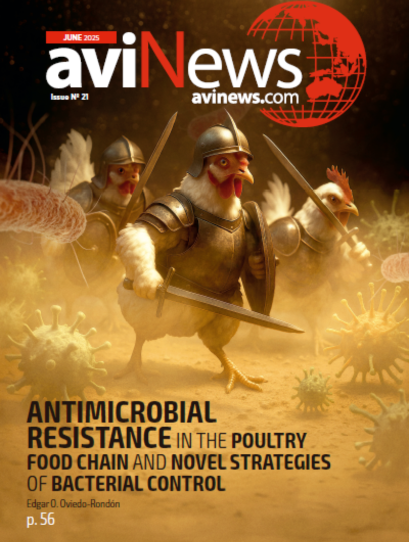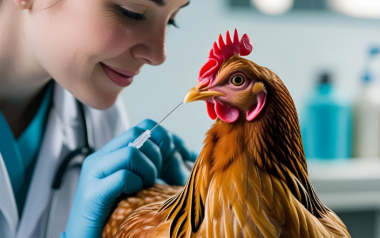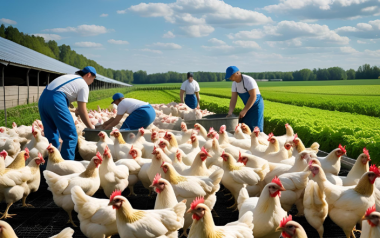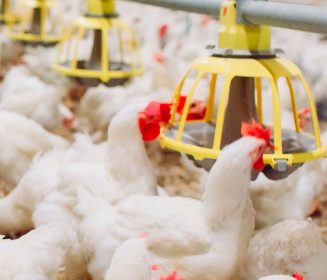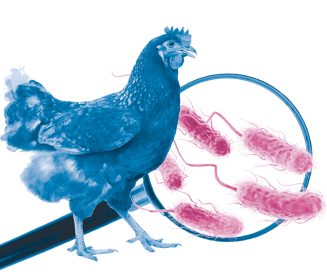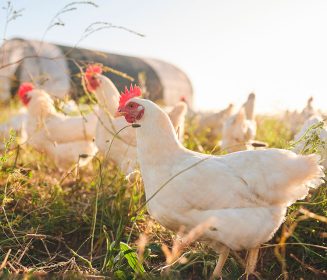02 Jul 2025
Cambodia H5N1 human cases in 2025 now numbers 11
Cambodia confirms 11th H5N1 case in 2025; fourth in Siem Reap follows three recent infections, prompting urgent containment and heightened alert.
Cambodia’s Ministry of Health (MOH) has confirmed its 11th human case of H5N1 highly pathogenic avian influenza for 2025, highlighting the spread of the virus in Siem Reap province.
The latest patient is a 36-year-old woman from Daun Keo village in Puok district, diagnosed June 30 by the Pasteur Institute of Cambodia. She is currently receiving intensive medical care.
Health authorities report she developed symptoms including fever, cough, and difficulty breathing. Investigators found she had direct contact with a sick and dead chicken which she buried. She lives roughly three kilometers from where three earlier infections were confirmed since June 23.
Multi-level response
The 11th case follows a cluster of cases detected in Lbeuk village, also in Puok district. That group include a 46-year-old woman, her 16-year-old son, and a 41-year-old neighbor.
With four of Cambodia’s 2025 H5N1 cases occurring in this region, health authorities have intensified surveillance and containment efforts across the district.
Emergency response teams from the health ministry, alongside agriculture officials and local authorities, are identifying potential infections and monitor exposed individuals. Measures include Tamiflu distribution, public awareness campaigns, and interventions to control both animal and human transmission.
Genetic shift prompts enhanced watch
Virologist Erik Karlsson of the National Influenza Center and the Pasteur Institute in Cambodia confirmed that the virus strain responsible for the recent infections is the 2.3.2.1e reassortant genotype.
This strain, detected in both humans and poultry in Cambodia since 2023, combines genes from an older local clade (2.3.2.1c) known to circulate in the country since 2014 with elements from the global 2.3.4.4b clade.
Dr Karlsson warned that although Cambodia experienced nearly a decade without human H5N1 cases, the recent surge highlights the virus’ continued threat.
He emphasized that each case is an important reminder that H5N1 remains a public health concern. Early detection, vigilant surveillance, and a continued One Health response are essential to safeguard communities and prevent wider transmission.
Public vigilance urged
The MOH urges residents to remain alert. Individuals experiencing fever, respiratory symptoms, or who have had contact with sick or dead poultry within 14 days should avoid crowded areas and seek prompt medical evaluation.
With Cambodia reporting only sporadic H5N1 cases for nearly a decade, the recent increase in cases is raising concerns among national and global health officials.

